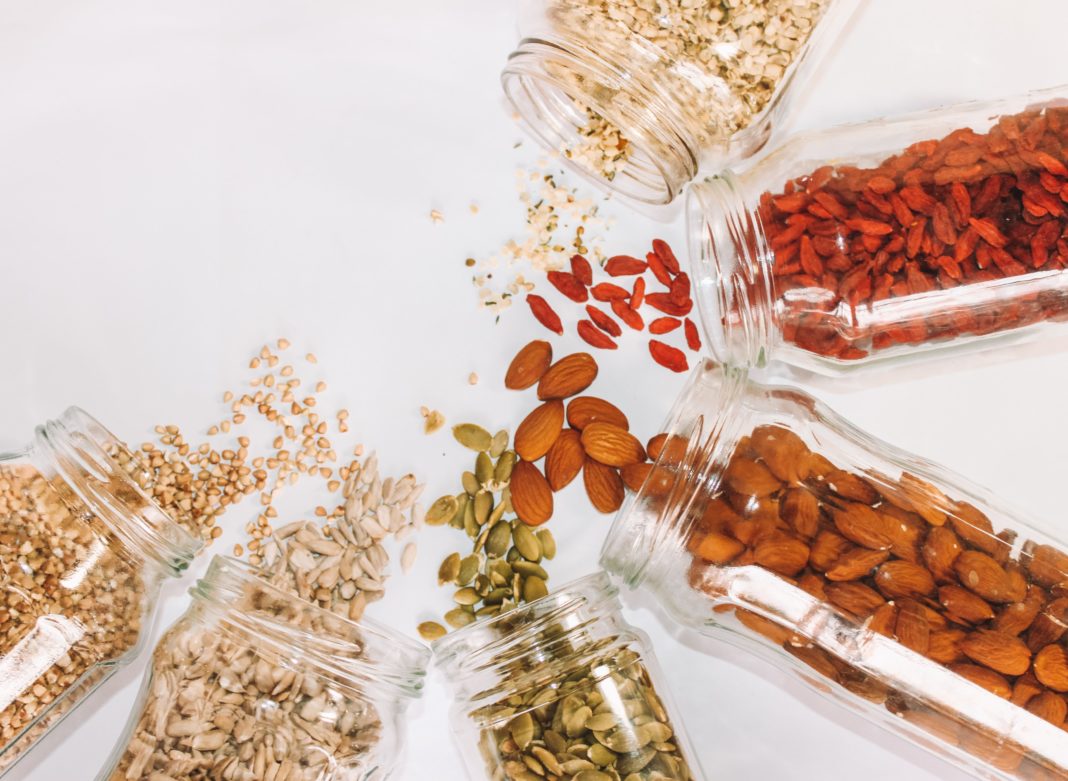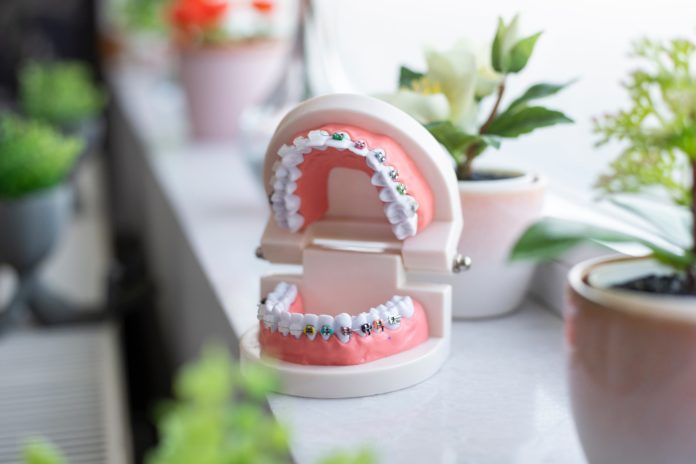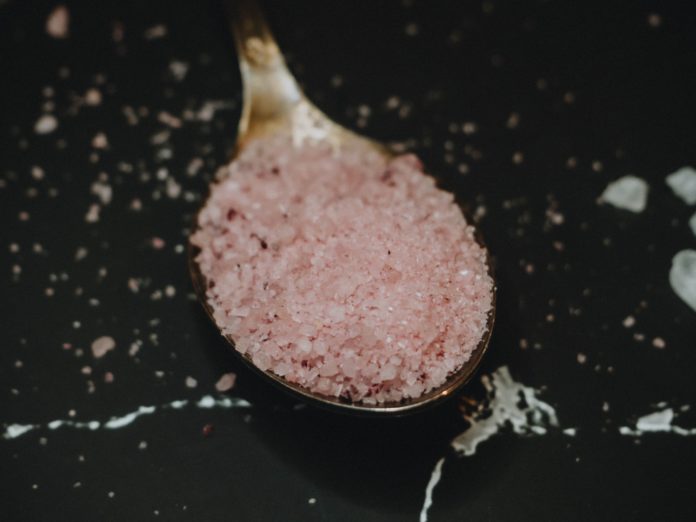Today, we’re diving into the magnificent, mysterious world of the woman’s cycle.
You already know hormone levels change throughout the month (cue the mood swings and cravings, am I right?!).
But have you ever thought about how certain foods could affect those hormone levels? (They can!)
This is what seed cycling is all about. It’s quite simple, really: you eat specific seeds at specific times in your cycle to help regulate your hormones naturally.
Some experts say seed cycling can help get your menstrual cycle on track, boost fertility, and even lessen symptoms of PMS.
Does it truly work? Are these seeds’ superpowers backed by science?
What We Know
First, a quick recap of the menstrual cycle (since many of us who have one don’t actually know about its 4 distinct phases and what those mean for our hormones):¹
The first two phases of the cycle are the menstrual and follicular phases. Estrogen levels are high during both.
Phase three is the ovulatory phase, which kicks off with the release of a mature egg. Estrogen levels drop while progesterone levels begin to rise.
The final phase is called the luteal phase, where progesterone thickens your uterine lining to prepare for pregnancy. Estrogen levels increase if you conceive, but they’ll fall again if your egg is not fertilized. Then you’ll get your period, starting your menstrual cycle all over again.
Of course, for many women this menstrual cycle can become irregular due to hormonal imbalances. There are all sorts of reasons for this:
- Weight
- Diet
- Exercise
- Stress
- Lifestyle choices
- Environmental pollution²
Some women use hormonal birth control to regulate their cycles and help manage symptoms of hormone imbalances. But if you prefer a more natural approach, or wish to conceive, birth control isn’t an option.
Cue: seed cycling.
With seed cycling, you might be able to balance estrogen and progesterone levels naturally by consuming 4 different types of seeds during different phases of your cycle – specifically, pumpkin, flax, sesame, and sunflower.
| How to seed cycle: | |
| Days 1-14: (starting from the first day of your period) | Every day, eat 1 tablespoon each of organic, raw, ground* pumpkin and flax seeds to support healthy estrogen levels. |
| Days 14-28ish: (until your period starts again) | Every day, eat 1 tablespoon each of organic, raw, ground* sesame and sunflower seeds to support optimal progesterone levels. |
*Why not whole seeds?
Because seeds have hard outer shells to protect all the nutritional benefits packed inside. Grinding seeds makes these nutrients more bioavailable for your body to put to good use. Whole flax seeds, in particular, never break down in your body, so you won’t be able to score the majority of their health perks without grinding them first.
What We’re Still Learning
Seed cycling enthusiasts say it may take 3-4 months to feel the results. But here’s the thing: even though seed cycling has been used in natural medicine for ages, there are currently no scientific studies on whether this method is beneficial (!).
So why do so many women swear by this plant-based method for happier hormones? Research performed separately on these superstar seeds may help answer this…
Many types of seeds contain high levels of vitamin E and zinc, which are thought to help balance your progesterone levels.³,⁴
Seeds also contain lignans. These plant compounds are considered phytoestrogens and can mimic the way “real” estrogen works in your body.⁵
Advocates say that eating phytoestrogens can tell your body to either produce more estrogen (if you’re low) or bind to excess estrogen and remove it from your system if you have too much (known as estrogen dominance).⁶
Here’s the less-than-awesome news: depending on how your hormones are behaving, seed cycling may not be enough to move the needle to optimal levels. Studies show that even though phytoestrogens mimic “real” estrogen in your body, the effect is relatively weak.
The Bottom Line
While modern science doesn’t give us any definitive answers about whether seed cycling works for hormone regulation, it does offer lots of individual studies on the health benefits of pumpkin, flax, sesame, and sunflower seeds.
These super-seeds are bursting with healthy plant-based omega fatty acids, fiber, vitamins, and even a smidge of protein. So as long as you’re not allergic, adding them to your diet should only offer positive benefits.
In addition to seeds, you may want to add these foods to your diet during your menstrual cycle:
| Cycle Phase | How to Make Your Body Happy |
| Menstrual | Replenish iron lost during your period with red meat, spinach, asparagus, broccoli, strawberries, and citrus. Use turmeric, ginger, oily fish, and berries to fight inflammation and period pain. |
| Follicular | Estrogen levels will be high, so choose foods that help metabolize the excess, such as eggs, greens, cauliflower, nuts, fish, and legumes. |
| Ovulatory | Estrogen dips and progesterone surges may make you sleepy, so feel free to take naps. Add more estrogen-boosting foods like edamame, hummus, dried fruits, fennel, cruciferous veggies, and alfalfa sprouts. |
| Luteal | As your metabolism rises, you’ll be craving high-calorie foods. Eat healthy fats like avocado, nuts, fish, and lean protein to satiate cravings. |
How do I get started?
| Toes In |
|
| Waist Deep |
|
| Full Immersion |
|





